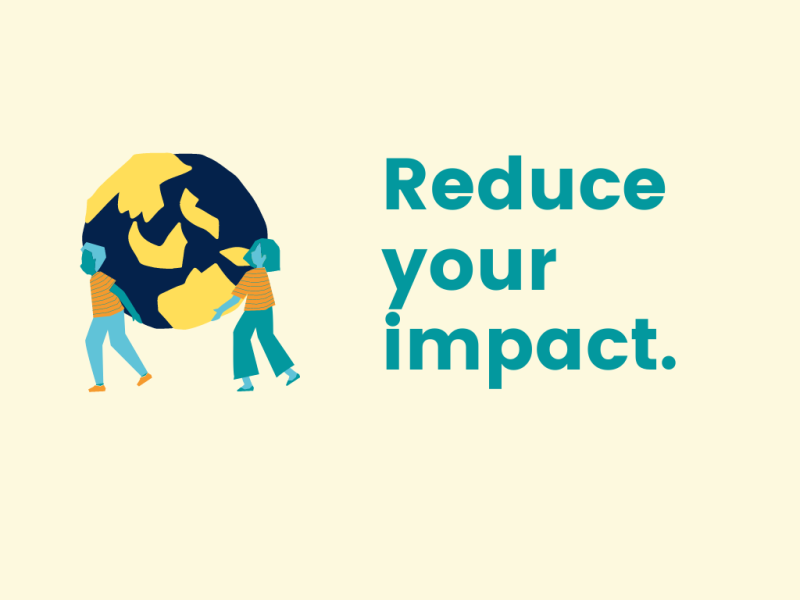
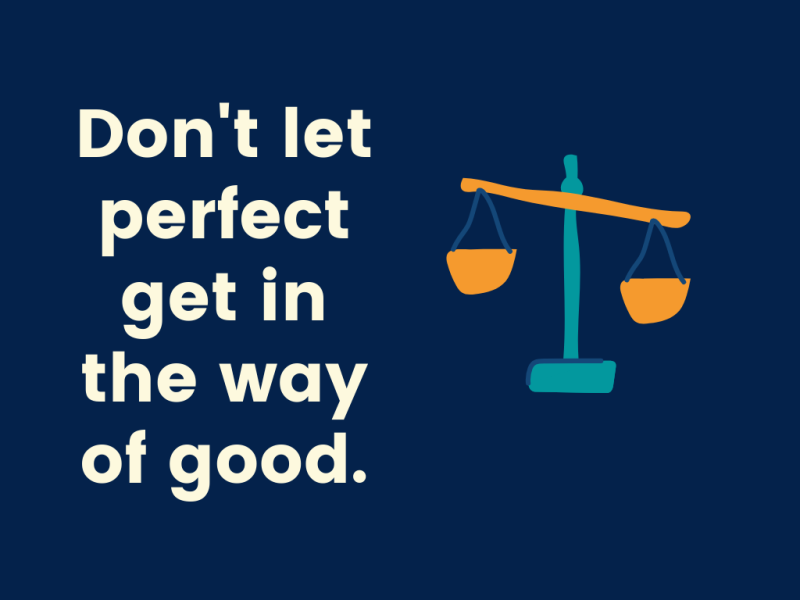
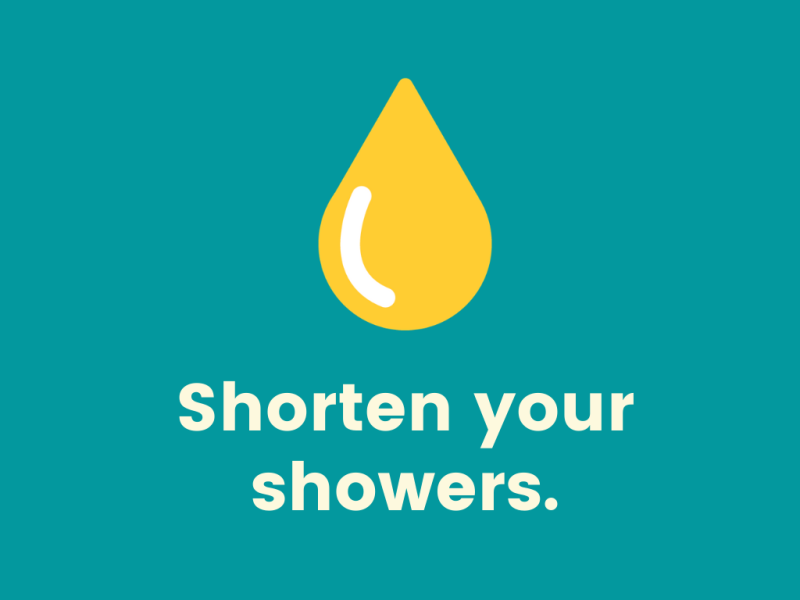
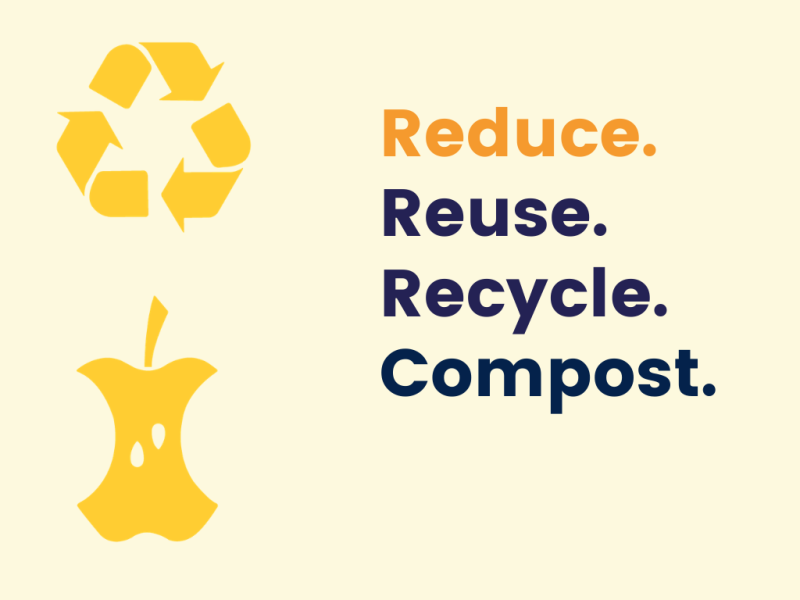
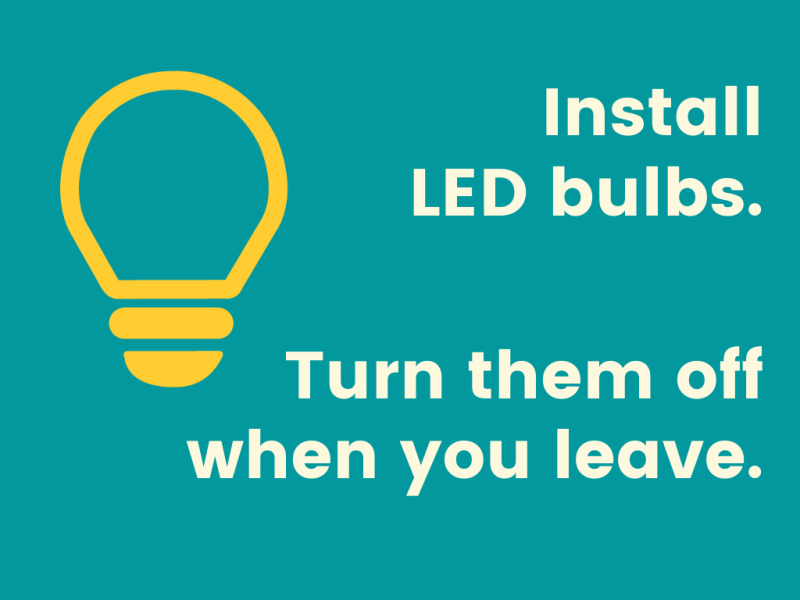


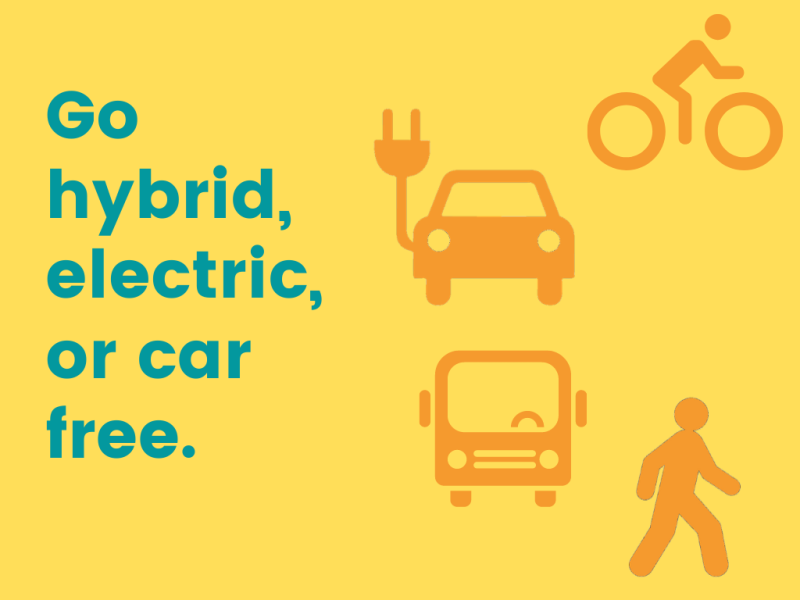
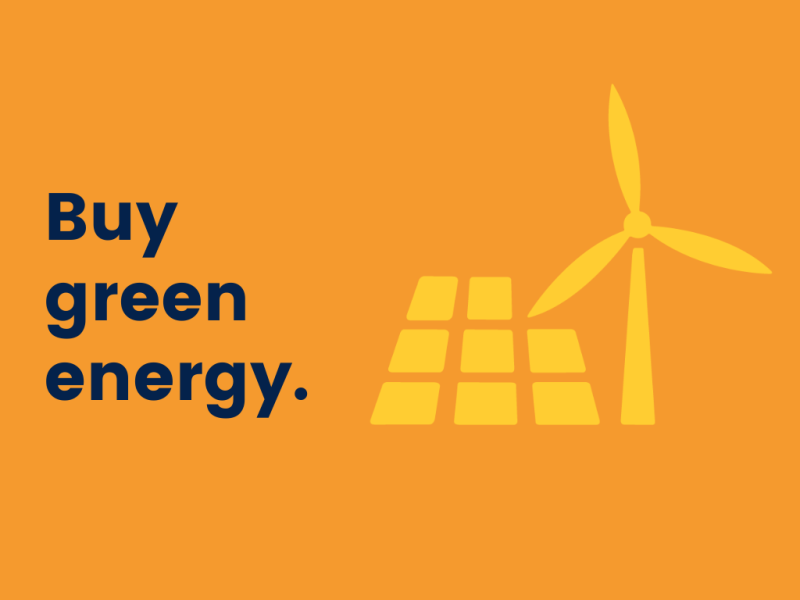
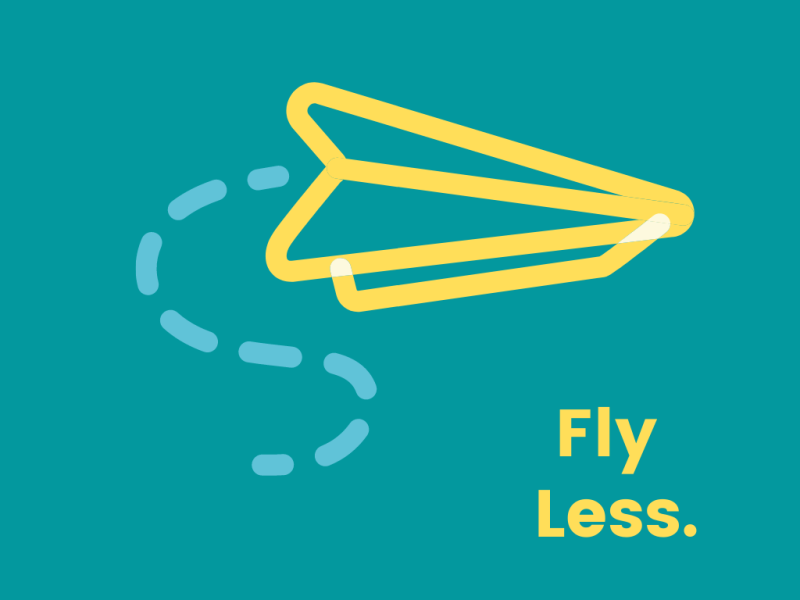
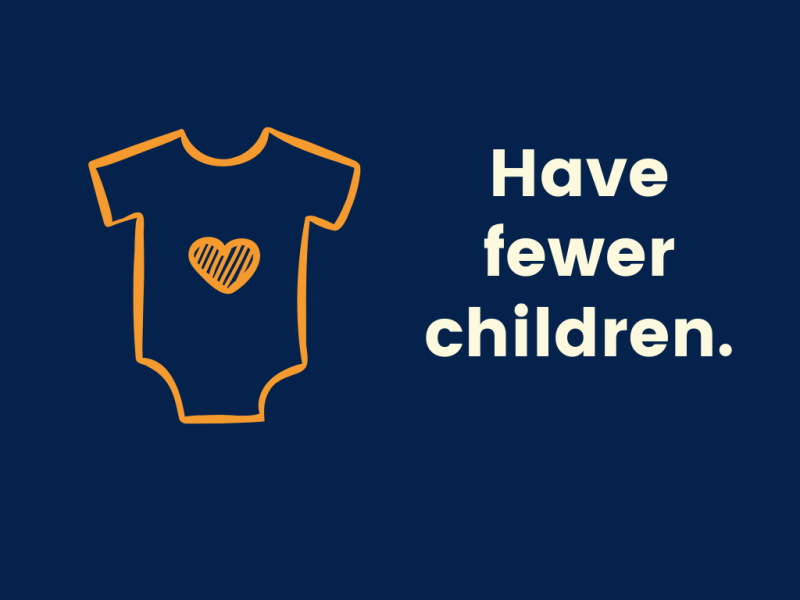
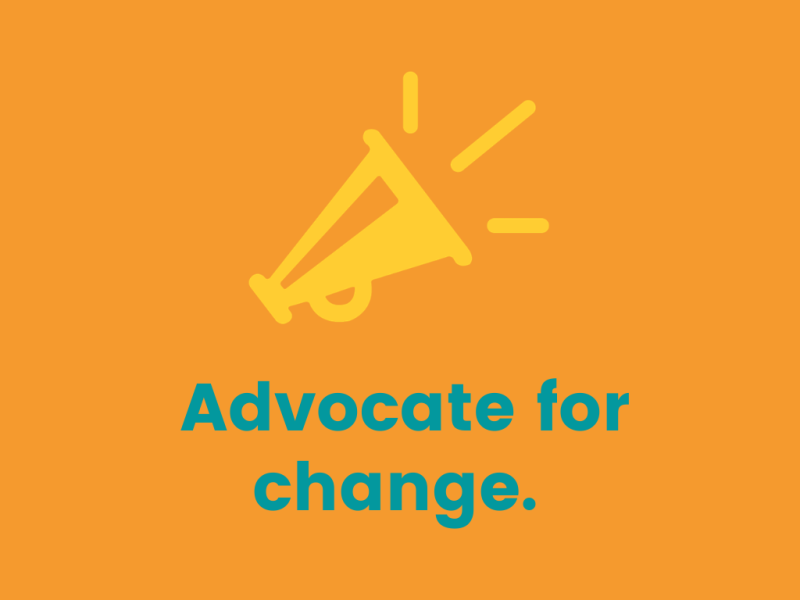
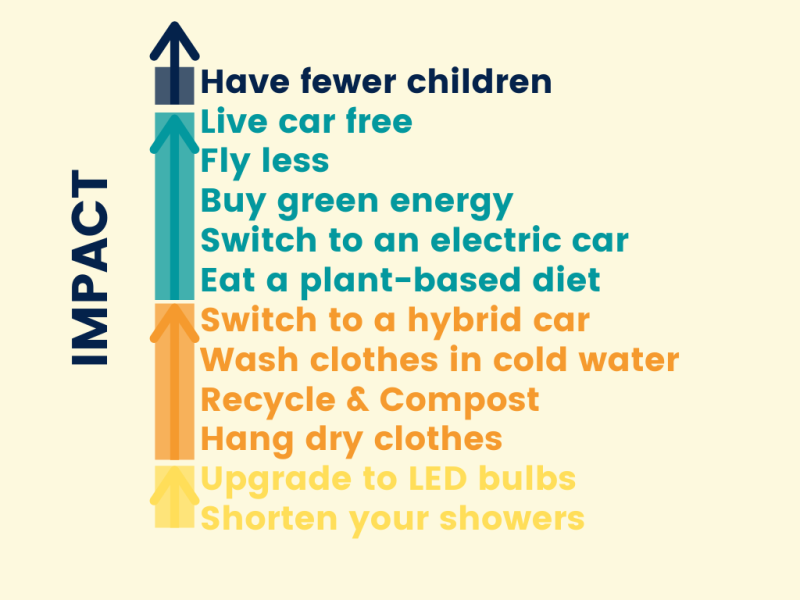
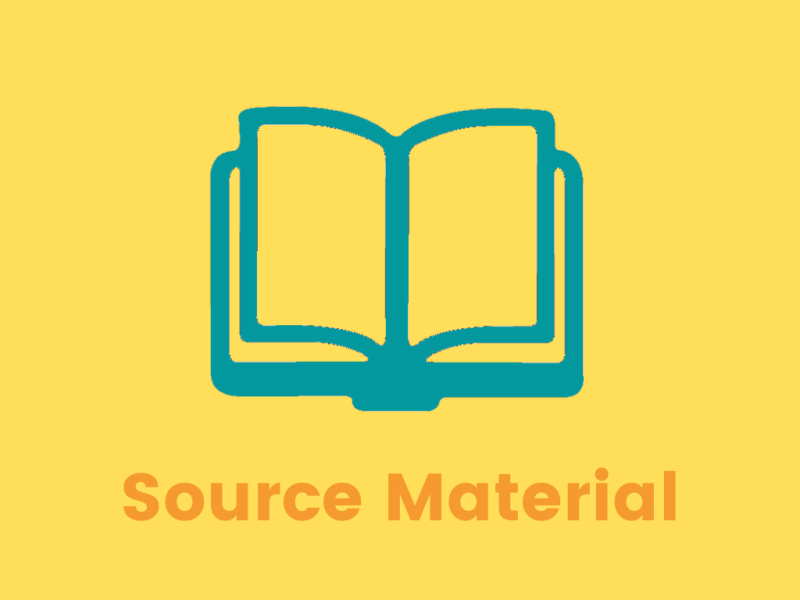
There are hundreds of choices to make everyday and just as many when it comes to reducing your carbon footprint.
The following actions have been identified as the most impactful things an individual can do, based on recent research of actual carbon reduction.
The following actions have been identified as the most impactful things an individual can do, based on recent research of actual carbon reduction.
Everyone's life situation is different and some things on this list won't be feasible or don't apply at all to you. It's all about balance.
And don't feel guilty for being a human that needs to eat, get around, have good hygiene, and stay warm. We need stuff to live. Be conscious about the stuff you choose.
And don't feel guilty for being a human that needs to eat, get around, have good hygiene, and stay warm. We need stuff to live. Be conscious about the stuff you choose.
Water heating accounts for nearly 20% of household energy usage, not to mention that many showers use upwards of 2 - 3 gallons of water per minute.
Reducing shower time and installing a more water-wise showerhead saves money and reduces energy use!
Reducing shower time and installing a more water-wise showerhead saves money and reduces energy use!
First, reduce the waste in your life by Bringing Your Own: water bottle, coffee mug, shopping bag, etc.
Second, reuse what you have and shop secondhand for things you need or want.
Third, recycle and compost the things you can.
Second, reuse what you have and shop secondhand for things you need or want.
Third, recycle and compost the things you can.
LED bulbs use 90% less energy than incandescent bulbs and last 5x longer than compact fluorescent bulbs.
Don't pay for energy you're not using -- turn them off when you leave the room or house!
Don't pay for energy you're not using -- turn them off when you leave the room or house!
Doing laundry uses energy -- energy to run the appliances and more significantly, heating the water.
Do full loads, in cold water, and hang dry when possible.
Do full loads, in cold water, and hang dry when possible.
Plants require fewer resources (energy, water, land, etc.) to produce, giving them a smaller carbon footprint than beef, pork, chicken, fish and dairy products.
The more plants you eat in place of meat, the lower your carbon footprint.
The more plants you eat in place of meat, the lower your carbon footprint.
Reduce gas-powered vehicles on the road. Consider a hybrid or electric model if it's time to get a new vehicle.
Use alternatives such as walking, biking or public transit whenever possible to get closer to a car-free life.
Use alternatives such as walking, biking or public transit whenever possible to get closer to a car-free life.
Step 1: Use less energy through conservation and efficiency efforts.
Step 2: Sign up for MN Power's Renewable Source program. You'll pay a little extra each month (about $7, depending on kWh used -- less if you follow Step 1), get your power from wind, and drive MN Power to invest even more in renewables.
Step 2: Sign up for MN Power's Renewable Source program. You'll pay a little extra each month (about $7, depending on kWh used -- less if you follow Step 1), get your power from wind, and drive MN Power to invest even more in renewables.
As the COVID crisis has shown, there is ample opportunity to shift some in-person travel to the virtual space -- saving time, money, and the planet.
Note: Choosing the number of children you have is a privilege that not everyone has and considering the environment in that choice is also a privilege.
Each person has a carbon footprint -- food, clothing, shelter, energy, and other resources upon which to live -- and in the U.S. that's an average of 59 tons of CO2 per year.
Because the carbon footprint of a person living in the U.S. is so large, having fewer children would have a large impact on individual emissions. However, the CO2 emissions of a person vary widely depending on country, socioeconomic status, etc. so the impact of fewer children outside of the U.S. is context-specific.
Each person has a carbon footprint -- food, clothing, shelter, energy, and other resources upon which to live -- and in the U.S. that's an average of 59 tons of CO2 per year.
Because the carbon footprint of a person living in the U.S. is so large, having fewer children would have a large impact on individual emissions. However, the CO2 emissions of a person vary widely depending on country, socioeconomic status, etc. so the impact of fewer children outside of the U.S. is context-specific.
Individual actions are important. The world needs lots of people living more sustainably for the wellbeing of us all.
The world also needs systemic change. Contact your representatives to support climate smart policies. Call out big corporations to take responsibility for their share of CO2 emissions.
It's not all on your shoulders, but things won't change if we don't ask for change.
The world also needs systemic change. Contact your representatives to support climate smart policies. Call out big corporations to take responsibility for their share of CO2 emissions.
It's not all on your shoulders, but things won't change if we don't ask for change.
Low impact items are often the easiest to accomplish. Higher impact actions require more effort through lifestyle choices or habit change.
Change doesn't happen overnight --start working toward a more sustainable tomorrow by choosing one of the things on this list to start doing, talk about, or research into more.
Change doesn't happen overnight --start working toward a more sustainable tomorrow by choosing one of the things on this list to start doing, talk about, or research into more.
Data from: Wynes, S. & Nicholas, K. A. (2017). The climate mitigation gap: education and government recommendations miss the most effective individual actions. Environmental Research Letters, Vol 12 (7).


